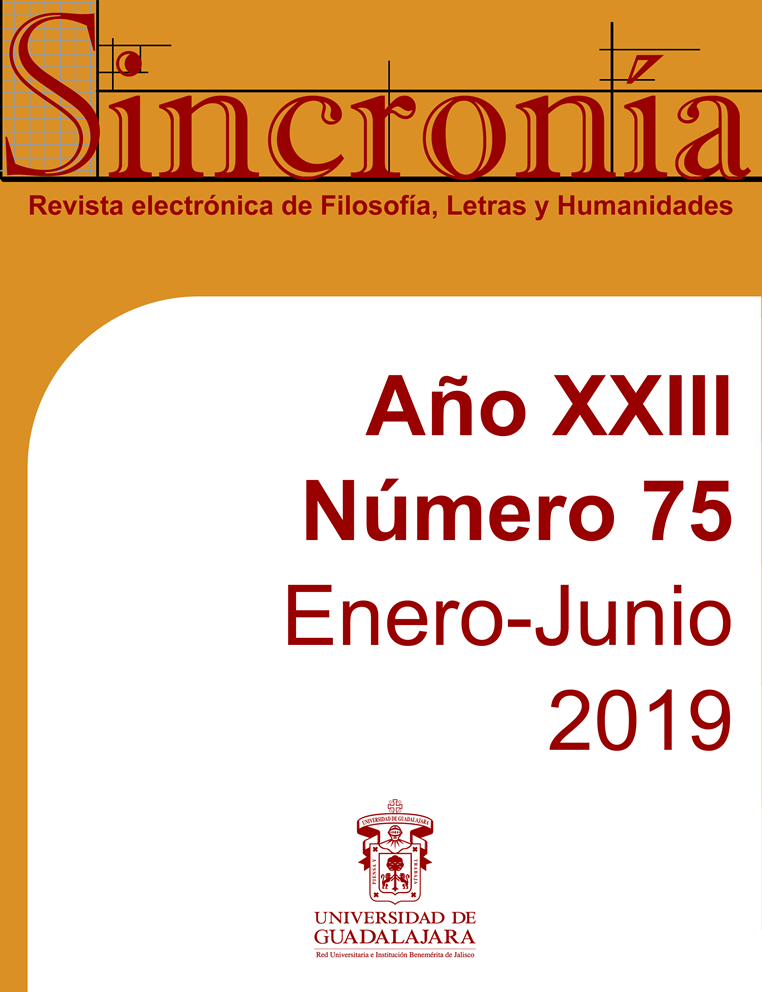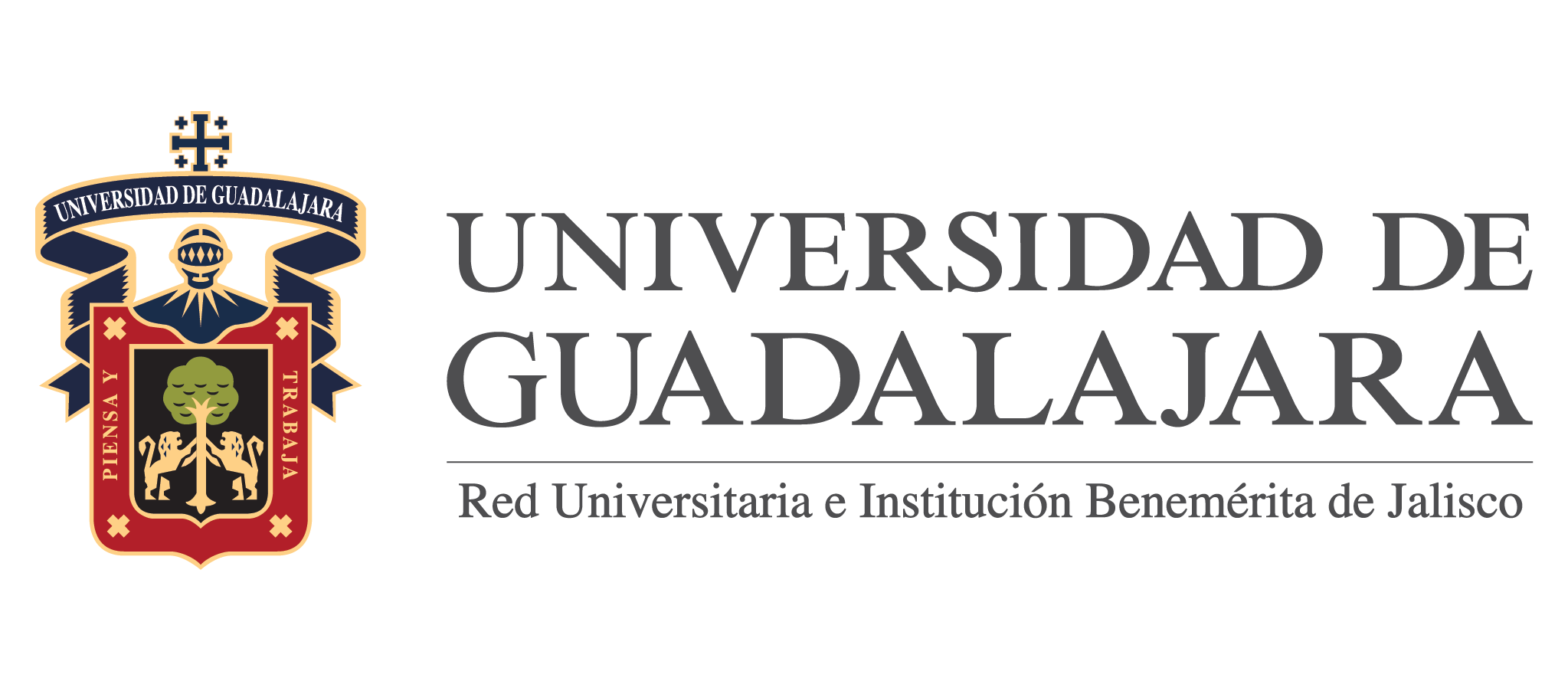The rite of Shinto-Buddhist purification, in two short stories of Últimos fuegos of Alejandra Costamagna
Keywords:
Epidemic., Purification., Shinto-Buddhism, Chilean Literature.Abstract
This article offers a Shinto-Buddhist interpretation of two short stories of Alejandra Costamagna. Through the analysis of “La epidemia de Traiguén” and “El último incendio” of Últimos fuegos, one can read the common points and different points as two distinct processes of the epidemic mentioned in the first short story of the series. It is possible to interpret the stories based on the sole Japanese word included in the book, which reminds of the rite of Shinto-Buddhist purification, and on the narrative space, Japan. While in “La epidemia de Traiguén”, the mentioned epidemic created by the unstable situations provokes the death of the heroine, the epidemic moved to the second short story “El último incendio” as infection becomes purified by means of the fire, which is one of the ways of purification in the Shinto-Buddhist rites.
Downloads
References
Beck, A.T., C. H. Ward, M. Mendelson & Mock, J. (1961). An Inventory for Measuring Depression. Archives of General Psychiatry, 4, 561-571.
Cheregue, M. y S. Uribe (2016). Entrevista: «Me gusta trabajar con los intersticios, lo que corre bajo la superficie». Punto y Coma. Obtenido el 23 de mayo de 2017 de http://www.puntoycoma.pe/bohemia/entrevista-gusta-trabajar-con-los-intersticios-lo-que-corre-bajo-la-superficie/.
Cirlot, J. E. (1992). Diccionario de símbolos. 9a. ed. Barcelona: Labor.
Costamagna, A. (2005). Últimos fuegos. Santiago: Ediciones B.
Ito, N. (2002). Reflexión sobre el kegare y los límites: kegare y ke. Studies in Language and Culture, 24, 3-22.
Jara, X. (2005). Alejandra Costamagna: Mis personajes son hijos del insomnio. El Mostrador. Obtenido el 23 de mayo de 2017 de http://www.elmostrador.cl/cultura/2005/09/13/alejandra-costamagna-mis-personajes-son-hijos-del-insomnio/?php%20bloginfo(%27url%27);%20?%3E/cultura.
Kazuhiko, Y. (2006). ¿Cómo se entiende el sinto-budismo japonés, desde el punto de vista de los estudios históricos? Revista Anual del Laboratorio de Cultura Humana, 3, 4-7.
Laboratorio del Budismo. (2002). El simbolismo del fuego y del agua. Revista contemporánea de Budismo, 15, 23-40.
Lambert, M. V. (2001). Primary and Secondary Depersonalisation Disorder: A Psychometric Study. Journal of Affective Disorders, 63, 249 –256.
Nakamura, K. (2007). The Origins and Development of Blessings for Automobiles. Journal of Research Society of Buddhism and Cultural Heritage, 7, 74-86.
Downloads
Published
How to Cite
Issue
Section
License
Copyright (c) 2019 Cho, Yeonhee

This work is licensed under a Creative Commons Attribution-NonCommercial 4.0 International License.
You are free to:
- Share — copy and redistribute the material in any medium or format
- Adapt — remix, transform, and build upon the material
- The licensor cannot revoke these freedoms as long as you follow the license terms.
Under the following terms:
- Attribution — You must give appropriate credit , provide a link to the license, and indicate if changes were made . You may do so in any reasonable manner, but not in any way that suggests the licensor endorses you or your use.
- NonCommercial — You may not use the material for commercial purposes .
- No additional restrictions — You may not apply legal terms or technological measures that legally restrict others from doing anything the license permits.




























